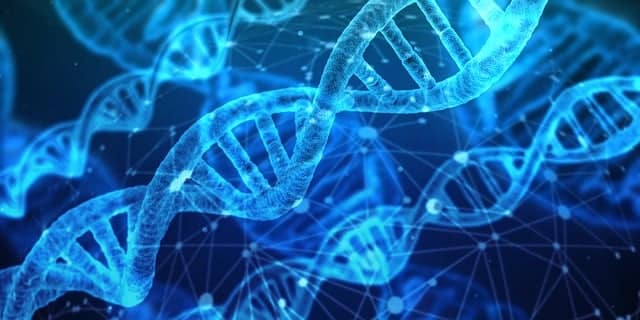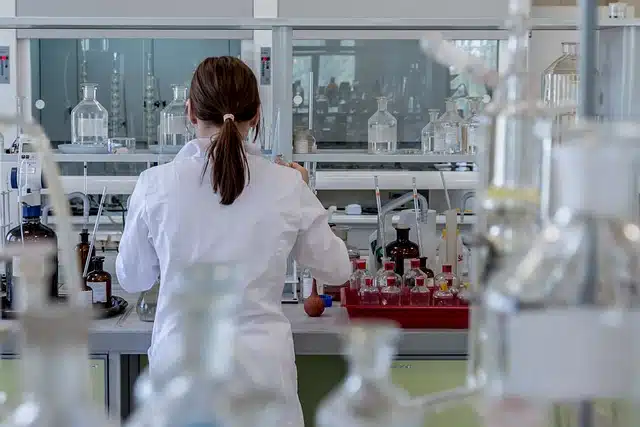
Pentoses are monosaccharides that are present in DNA and other places.
A pentose is a monosaccharide whose composition includes five carbon atoms in a chain , which perform a structural function. Monosaccharides, meanwhile, are sugars that are impossible to decompose through hydrolysis.
Hydrolysis is understood as a chemical reaction that takes place between two molecules: one of water and another of large size, which is known as a macromolecule . After this reaction, water undergoes a division and its atoms become part of a union of a different chemical species.
It should be remembered that sugars are carbohydrates , also called carbohydrates or carbohydrates . These are biomolecules formed by carbon, oxygen and hydrogen.
What is a pentose
Pentoses, in short, are monosaccharides, sugars and carbohydrates, terms that refer to different types of classifications. In their structure they have hydroxyl groups and a carbonyl group that can appear as ketone (in the case of ketopentoses ) or aldehyde (in aldopentoses ).
Returning to the concept of macromolecule , this type of especially large molecules is created through a chemical process called polymerization , to which subunits known as monomers , molecules whose mass is smaller, are subjected. There are organic and inorganic macromolecules; In the field of biochemistry, the most common are biopolymers , that is, those that are part of living organisms. There are also non-polymeric macromolecules, such as macrocycles and lipids, and synthetic ones, such as certain fibers, carbon nanotubes and plastics.

Pentoses are sugars.
Its presence in DNA and RNA
We can find pentoses in nucleic acids such as DNA (deoxyribonucleic acid) and RNA (ribonucleic acid). These acids are polymers developed by repeating monomers that are known as nucleotides . Each nucleotide, in turn, is made up of a pentose, a nitrogenous base and a phosphate group. In DNA, the pentose that appears is deoxyribose , while the pentose involved in RNA is ribose .
Deoxyribose is a colorless, crystalline solid . DNA has chains of nucleotides with this pentose that are joined by phosphate groups.
Ribose , for its part, is a pentose that derives from a polymerization process of erythrose. By hydrolyzing RNA, it is possible to obtain ribose and other compounds.
Both deoxyribose and ribose are part of aldopentoses. In the group of ketopentoses, on the other hand, we can find ribulose , key in plant photosynthesis .
pentose phosphate
In this framework we can talk about the pentose phosphate pathway . It is metabolic and is closely linked to glycolysis , in which glucose is used to produce ribose, essential for the biosynthesis of nucleic acids and nucleotides. On the other hand, reducing power (the ability to donate electrons or receive protons that some biomolecules have in certain chemical reactions) is also achieved, in this case in the form of nicotinamide adenine dinucleotide phosphate ( NADPH ), which is then used as a coenzyme in the anabolic metabolism.
The site where the pentose phosphate pathway occurs is the cytosol, that is, the fluid inside the cells. Two phases can be seen: oxidative and non-oxidative . Throughout the oxidative phase, NADPH is obtained from glucose-6-phosphate that is obtained by phosphorylating free glucose and this results in the formation of ribulose-5-phosphate and its subsequent isomerization to convert it into ribose-5-. phosphate.
If the cell requires a greater amount of NADPH than ribose-5-phosphate, then the non-oxidative phase begins, where various reactions coexist that lead to the formation of glyceraldehyde-3-phosphate and fructose-6-phosphate, which can continue with glycolysis. The excess ribose-5-phosphate can be eliminated, since the reaction by which it is obtained is reversible.
